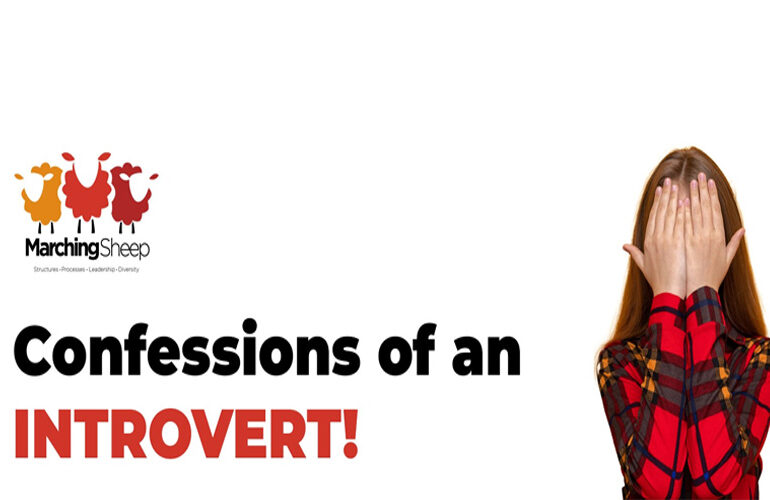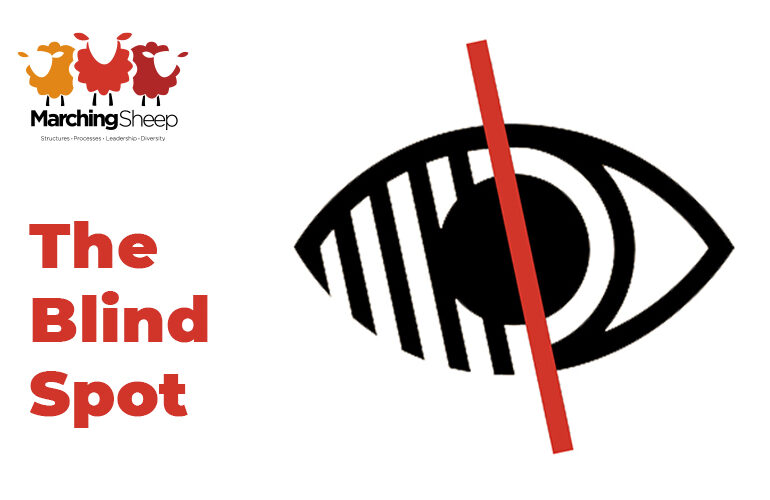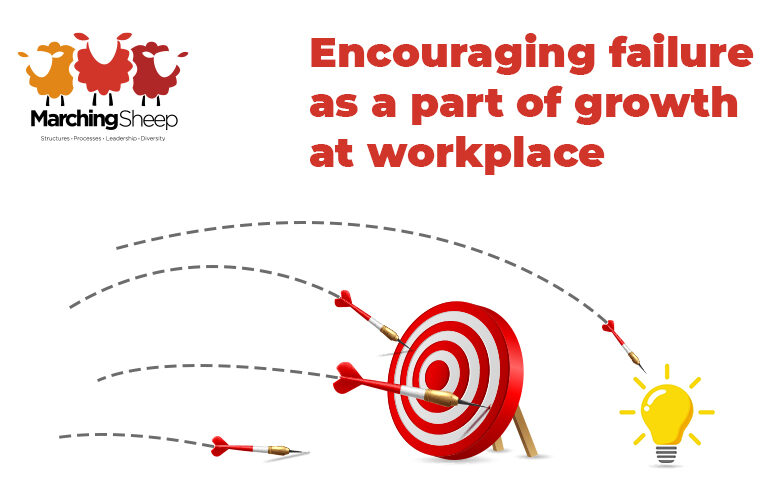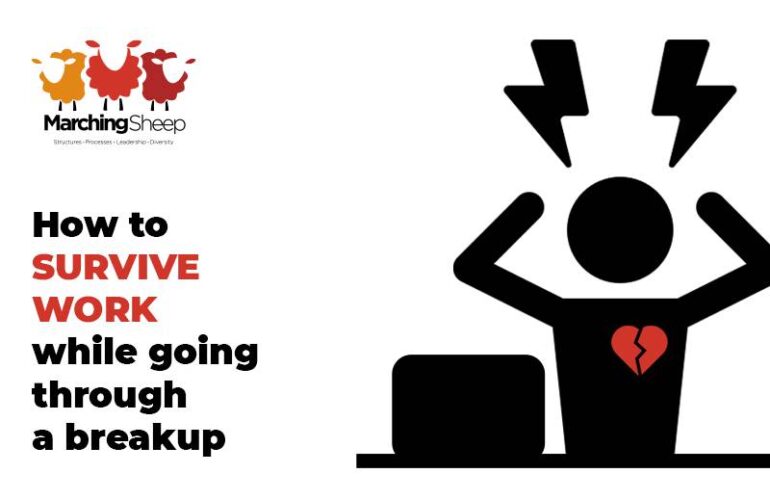Women often bear a disproportionate burden of health inequity across the globe and visual impairment is no different. The last of the series, this article aims at identifying and elaborating key focus areas which can help in empowering women in this challenging journey. As a community, we should whole-heartedly attempt to empower this intersectional group in achieving success in various walks of the society. Do share your thoughts if any! Happy Reading!
Vision impairment poses an enormous global financial burden. For example, the annual global costs of productivity losses associated with vision impairment were estimated to be US$ 244 billion and US$ 25.4 billion, respectively as per W.H.O.
Women often bear a disproportionate burden of health inequity across the globe and visual impairment is no different. Of the 40 million people in the world who are visually impaired, 55 percent are women (22 million). India is home to a third of the world’s blind population. In India the number of visually impaired people is currently over 12 million with over 6 million women.
Women and girls in low and middle-income countries are disproportionately impacted by uncorrected vision impairment, untreated eye conditions, and blindness. Women’s access to preventive care, diagnosis, and treatment or correction is also lower than for men, meaning eye conditions are more likely to deteriorate, sometimes into permanent disability. There is concern that the disparity in gender is even more pronounced by the current pandemic, in which “non-essential” healthcare is slowed for a period of time.
The reasons
Women with visual impairment have experienced exclusion and marginalization from family, mainstream school, the community and the work-place. The experience of social exclusion is multi-structural, multidimensional and complex. The reasons are manifold, from demographics to inequitable health-care access. Some of the reasons could be:
Because women are believed to be less likely to be economically active, they tend to have less control over limited family budgets, while investing in the health of current or future male breadwinners is prioritized at their expense.
Family responsibilities also leave women with little time for accessing health services while safety risks and social taboos make it hard for some women to travel to hospitals or even to leave home unaccompanied. Lower levels of literacy and increased social isolation can also reduce women’s ability to access information about how to prevent some eye conditions or what treatment and correction options are available.
The discrimination against girls with disabilities is so inherent that it is almost considered normal. In many families in India, a girl with sight challenges is regarded as a burden and blot on the family’s honour. The girls are often stigmatised in their own homes and driven towards hopelessness.
Stigma around the wearing of spectacles is another barrier to women and girls having refractive error corrected. Girls can be viewed as “defective” — and therefore less likely to marry — rather than “effective” if they wear glasses. In contrast, wearing spectacles is perceived as making boys look intelligent.
The consequences
The consequences for women and girls are profound. A lack of understanding around the causes of vision loss or impairment can foster discrimination that leads to girls being hidden by their families and women abandoned by their husbands or separated from their children.
Women with disabilities are also more likely to experience sexual violence but less likely to be able to report it, especially if impaired vision makes it harder for them to describe their attacker.
The myths that people with disabilities are either asexual or undesirable are strong and complex, and play out in different ways in the lives of women and girls with disabilities. This impacts what information they can access, how much freedom they have around self-expression and influences their choices in their personal, romantic and sexual lives.
While children with vision loss are already among the least likely to access education, vision-impaired girls — whose vision could in many cases be corrected with spectacles — are even less likely to attend school than vision-impaired boys. Without education, women and girls are less able to work and earn, more likely to suffer ill-health, and less likely to educate their own children, creating a poverty trap for entire families.
Lack of employment opportunities also renders visually impaired women financially dependent and less able to leave abusive relationships.
The solutions
Tackling the above challenges, both in terms of the prevalence of vision impairment among women and girls and the inequalities that poor eye health exacerbates, requires embedding gender inclusion in all eye-health programs from the outset. It also requires awareness and education at all levels for empowering visually impaired women.
Consulting with women and men — preferably in separate single-sex groups — is key to understanding women’s roles and gender dynamics in any community so that specific barriers to women accessing services can be identified, along with interventions that might work. Men also need to be educated on ways they may be consciously or unconsciously disallowing women’s access to eye care.
Women are typically more comfortable seeking diagnosis or treatment from a female worker while awareness-raising campaigns may not reach women living in purdah, or seclusion, without home visits.
A widespread awareness program in the government and the private sector, aimed at empowerment and actionable points will help creating a tangible change in the lives of the visually impaired women.
The myths that people with disabilities are either asexual or undesirable are strong and complex, and play out in different ways in the lives of women and girls with disabilities.6 This impacts what information they can access, how much freedom they have around self-expression and influences their choices in their personal, romantic and sexual lives
The myths that people with disabilities are either asexual or undesirable are strong and complex, and play out in different ways in the lives of women and girls with disabilities.6 This impacts what information they can access, how much freedom they have around self-expression and influences their choices in their personal, romantic and sexual lives
Education
According to National Programme for Control of Blindness (NPCB), of people suffering from visual impairment in India, only 29.16% are part of the education system. A mere 6.86% schools in India have access to Braille books and audio content. Only one-third of visually impaired children are provided education as few parents are aware of special schools that exist for disabled persons.
The government has been providing many schemes to help the visually impaired such as free Braille textbooks, along with a Braille kit, a smart cane and even smart phones are provided to the students. However, the teachers reiterate that just getting the devices is not sufficient, the students need a lot of encouragement, motivation and support, along with proper training.
Even though educators recognise the talent and encourage the visually impaired children to pursue their ambitions, unfortunately, often the situation is just the opposite at their homes where their parents often don’t attach much importance to them and consider them as a burden on rest of the family. This can be devastating for a student trying to chart out a life path.
Employment
With corporates becoming aware on empowering individuals, the visually impaired now have many opportunities that they can garner for their growth and benefit. Employers are now open to appoint people with visual inabilities as they have acquired skill sets like none other. This way, visually impaired are paving a path of their own and marking a footprint in the professional world to rise high.
There are a numerous job roles that are offered to the visually impaired by both the government and private sectors. Various programs and courses such as the basic level of IT/Computer programming collated with JAWS (A Screen Reader Software) and NVDA (Non Visual Desktop Access). There are programs that equip these visually impaired candidate through CRM Voice and QP Training. By taking up these different courses, visually impaired people can enter into different fields. There has been a lot of awareness in the corporate sector and companies like Tata Steel, Infosys, Mahindra group are hiring people in mainstream roles on the basis of their merit.
We as a community need to address the way we approach visual impairment in women and girls, leveraging more cross-sector partnerships to face challenges from every angle. As organisations we have to build a growing understanding of the disparities, and balance the disparities. We have to stop looking at visual impairment in women and girls as strictly a health issue but an education issue, a financial issue, and a wider societal issue. With social inclusiveness and awareness, with no biases for people belonging to different backgrounds or inabilities we can truly build a stronger country. Gaining social parity with an aim to involve the visually impaired is the first step for growth in an economy that aims at being more inclusive.












